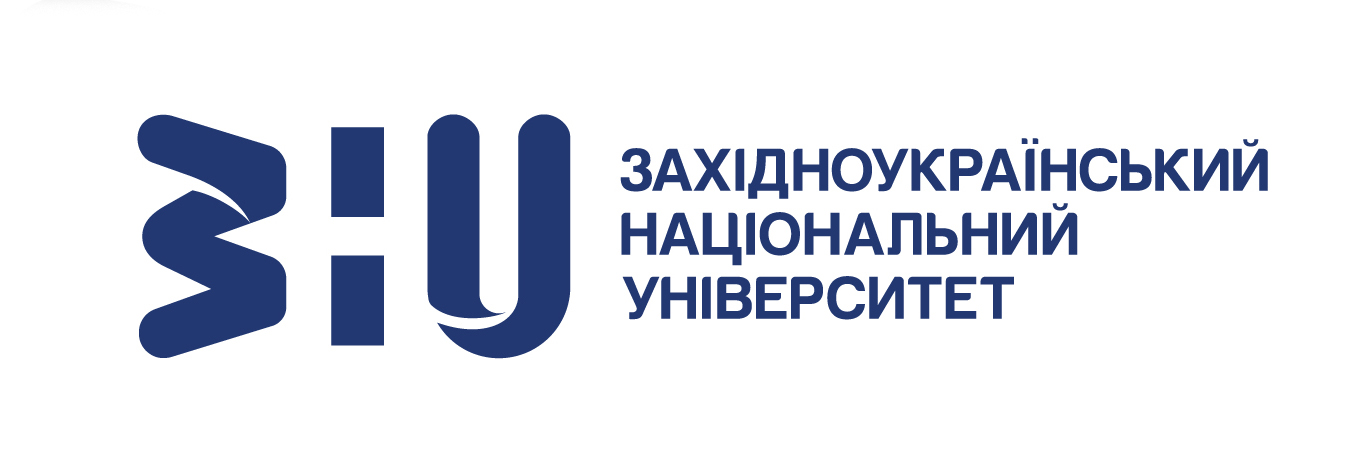Halyna OSTROVSKA New approaches to the evaluation of knowledge-based company market value
DOI:
https://doi.org/10.35774/sf2017.01.029Keywords:
intellectual capital, knowledge-based company, methods of market capitalizationAbstract
Introduction. In the knowledge-based economy, value management concept is adopted by leading companies as a basic paradigm of successful business development. Due to these conditions, the main factor is the rising cost becomes intellectual capital. In view of the above, the methodical approaches search is actual for evaluating the effectiveness of cost management, and focusing not only financial but also non-financial indicators.
Purpose. Establishment of economic and mathematical model of the knowledge-based company value; synthesis of existing approaches and methods of evaluating the market value of the company on the basis of intellectual capital and recommendations for further improvement.
Results. The economic and mathematical model of the company value forming. The existing approaches and methods of intellectual capital evaluation as part of the market value of the company are systematized, their features are defined, advantages and disadvantages are determined.
Conclusion. It is proved, that for the strategic management of the knowledge-based company, the most informative is the assessment of the market value, using balanced scorecard method, which involves the calculation of indicators, characterizing the basic elements of intellectual capital and their efficiency. In this case, the set of key indicators and projections, which will be implemented the evaluation, may vary depending on the specific of the company objectives.
References
Campbell, A. (1997). What’s wrong with strategy? Harvard Business Review, 42–51.
Edvinsson, L. (2005). Korporativnaya dolgota. Navigatsiya v ekonomike, osnovannoy na znaniyah [Corporate longitude. Navigation in an economics based on knowledge]. Moscow : INFRA [in Russian].
Mayo, A. (2001). Human value of the enterprise : valuing people as assets – monitoring, measuring, managing. London : Nicholas Brealey Publishing.
Lev, B. (1996). The boundaries of financial reporting and how to extend them. Paper presented at the United States SEC Symposium on financial accounting and reporting of intangible assets. Washington,DC.
Bryl, I.V. (2015). Formuvannia ta vykorystannia nematerialnykh aktyviv pidpryiemstv dlia pidvyshchennia yikh kapitalizatsii [Formation and using of intangible assets of enterprises to increase their capitalization]. Natsionalna akademiia nauk Ukrainy. Instytut ekonomiky promyslovosti – National academy of sciences of Ukraine. Institute of industrial economics [in Ukrainian].
Stan rozvytku nauky i tekhniky, rezultaty naukovoi, naukovo-tekhnichnoi, innovatsiinoi diialnosti, transferu tekhnolohii za 2014 rik : analitychna dovidka [The state of science and technology development, the results of scientific and technical innovation activity, technology transfer at 2014 : analytical reference] Ukrainskyi instytut naukovo-tekhnichnoi i ekonomichnoi informatsii – Ukrainian institute of scientific, technical and economic information [in Ukrainian].
Ocean Tomo Releases 2015. Annual study of intangible asset market value. Available at : http:// www.oceantomo.com/blog/2015/03-05-intangibleasset-market-value/.
Richnyi zvit za 2014 rik Kyivstar [Annual report 2014 Kyivstar]. Available at : http://www.kyivstar.ua/f/1/about/about/partners/2014.pdf.
Kaplan, R. (1992). The Balanced Scorecard measures that drive performance. Boston, Harvard Business Scool Press.
Chiapello, E., Lebas, M. (2001). The Tableaude Bord, a French approach to management information, Working Paper (Revised Third Draft), 315-318.
Edvinsson, L. Skandia Navigator. Available at : http: www.intellectualcapital.
AL-Shubiri, F.N. (2013). The impact of value added intellectual coefficient components on financial health. Review of international comparative management, 14, 459–472.
Roos, G., Dragonetti, N., Edvinsson, L. (1997). Intellectual capital : Navigating new business landscape. N. Y. : New York University Press.
Lev, B. (2000). Intangibles : Management, Measurement, and Reporting Washington, DC : The Brookings Institution.
Pulic, A. (2000). VAIC – An accounting tool for IC management international journal of technology management, 5–8, 702–714.
Strack, R., Villis, U. (2002). RAVE : Integrated value management for customer, human, suppliers and invested capital. European management journal, 411–433, 148–158.
Stewart, T. (1999). Intellectual capital. the new wealth of organizations. London : Nocholas Brealey Publishing House.
Andriessen, D. (2004). Making sense of intellectual capital : designing a method for the valuation of intangibles. N. Y. : ElsevierInc.
Tobin, J. (1969). A general equilibrium approach to monetary theory? Journal of money credit and banking, 1, 15–29.
Stewart, T. (1991). Brainpower? 42–60.
Mouritsen, J., Larsen, H., Johansen, M. (2002). Reading an intellectual capital statement : describing and prescribing knowledge management strategies. Journal of Intellectual capital, 1, 10–29.
Nefinansova zvitnist : instrument sotsialno vidpovidalnoho biznesu [Non-financial reporting : an instrument of socially responsible business]. Kyiv : TOV “Inzhynirynh” [in Ukrainian].
Sullivan, P. (1998). Value driven intellectual capital : extrating value from innovation. N. Y. : Wiley.
Pike, S., Rylander, A., Ross, G. (2001). Intellectual capital management in Spanish universities. McMaster University, Hamilton, Ontario, Canada.
M’Pherson, P., Pike, S. (2001). Accounting, empirical measurement and intellectual capital. Journal of intellectual capital, 2, 246–260.
Viedma, J. (2001). ICBS Intellectual capital benchmarking system. Journal of intellectual capital, 2, 148–164.
Bain & Company homepage. Available at : http://www.bain.com/management.
Ostrovska, H. Y. (2007). Zaprovadzhennia systemy vartisno-oriientovanoho upravlinnia vertykalno-intehrovanykh pidpryiemstv [Introduction of value-based management of vertically integrated companies]. Halytskyi ekonomichnyi visnyk – Galician economic journal, 2, 38-51 [in Ukrainian].


